Jerez, sun-drenched and tucked away in southern Spain, grabbed my interest long before I landed there. The city’s famous for three things that honestly felt impossible to resist: legendary sherry bodegas, those elegant Andalusian horses, and the deep, pulsing energy of authentic flamenco.
If you’re into wine tourism or just chasing a real cultural adventure, Jerez delivers a mix of tastes, sights, and sounds you won’t find anywhere else.
I wandered through storied sherry cellars, watched horses and riders move together like they were born for it, and let flamenco rhythms echo through old plazas. Walking those winding streets and sipping sherry straight from the barrel introduced me to flavors and traditions unique to this place.
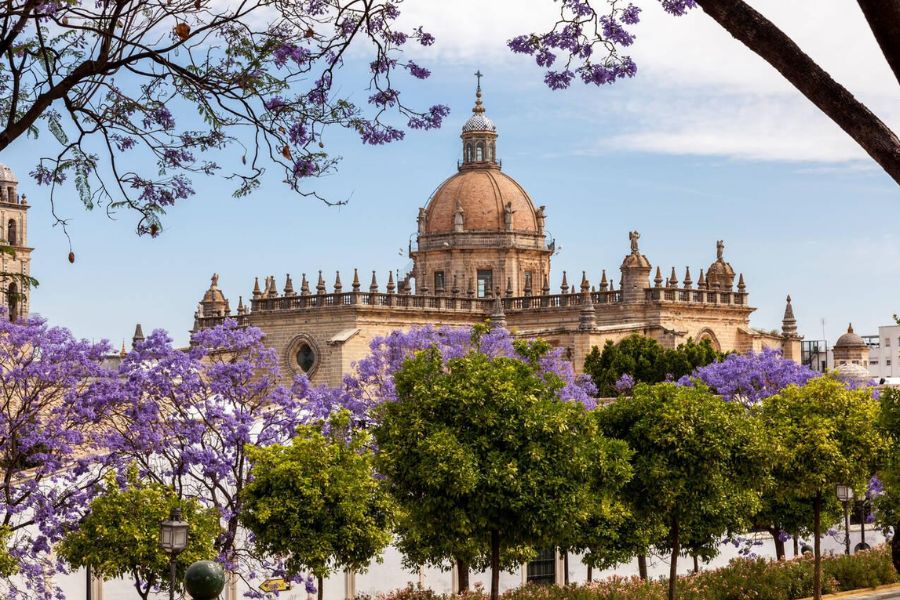
There’s something magical about a city where centuries-old wine traditions, art, and music all breathe together.
Discovering Jerez: Gateway to Sherry and Andalusian Culture
Jerez stands out as the birthplace of sherry, its wine cellars and traditions woven into daily life. Exploring the area, I felt closer to Andalusia’s rich patchwork—from historic towns to layers of romance and old world architecture.
Jerez de la Frontera: A City Steeped in Wine Heritage
The heart of Jerez beats with the rhythm of sherry. When I stepped into a centuries-old bodega, the sweet, earthy scent of aging barrels hit me right away.
Visiting Bodegas Tradicion, I watched skilled hands craft sherry, using local Palomino grapes and the solera system. Generations have kept this alive.
Bodegas feel like living museums, not just factories. History and taste blend in every corner. Many offer tastings, so you can try everything from crisp fino to deep oloroso.
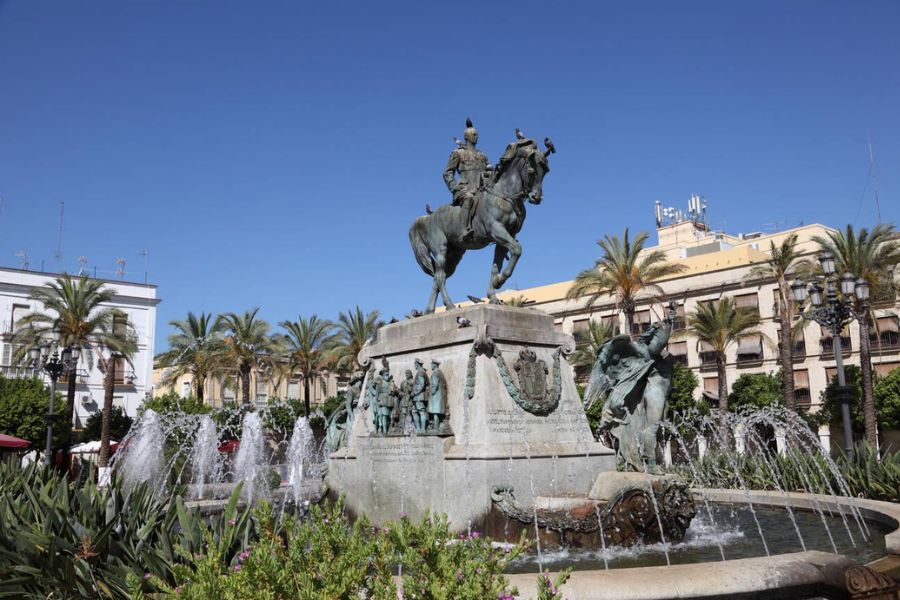
In some bodegas, staff filled barrels by hand. Here’s a quick list of the main sherry types I tasted:
- Fino: Pale, dry, delicate
- Amontillado: Nutty, a bit more layered
- Oloroso: Rich, dark, and full-bodied
Every sip had its own story, a little window into Jerez’s devotion to wine.
The Allure of Andalusia: Connecting Malaga, Ronda, and Sanlúcar
Jerez makes a great base for exploring Andalusia. Malaga sits in one direction, buzzing with art, beaches, and all things Picasso.
Ronda, perched on a cliff, wowed me with its dramatic views and the jaw-dropping Puente Nuevo bridge. Sanlúcar, quieter but just as charming, won me over with seafood and its own manzanilla sherry.
Traveling between these towns, I watched the scenery shift—vineyards, mountain passes, then the ocean. Each spot brought something new: tapas in Malaga, bullring history in Ronda, late flamenco in Sanlúcar.
Most journeys are short, usually under two hours by car or train. Day trips? Super doable.
| Town | Highlight | Distance from Jerez (approx.) |
|---|---|---|
| Malaga | Beaches, museums | 2 hours by car/train |
| Ronda | Gorge, historic sites | 1.5 hours by car |
| Sanlúcar | Seafood, wine, beaches | 30 minutes by car |
Spanish Romance and Historic Influences
Wandering the narrow, whitewashed streets, I kept bumping into pieces of Jerez’s romantic past. The city’s roots stretch back to Roman and Moorish times, and I spotted hints of both in the Alcázar’s arches and the rose gardens.
Inside little tapas bars, flamenco music drifted through open courtyards. The dance and guitar felt like living poetry—raw, emotional, and tangled up in both love and heartbreak.
Couples laughed, friends toasted with sherry, and everything seemed touched by old-world charm.
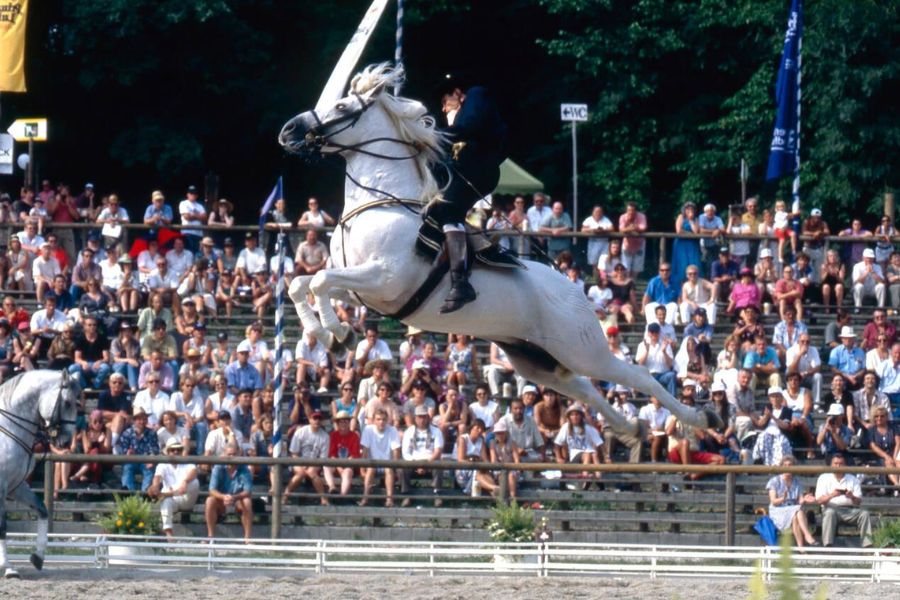
Spanish romance isn’t just love stories. I saw it in the golden light at sunset, horse-drawn carriages, and the colorful tiles everywhere. Jerez thrives on those moments where history, art, and daily life blend with a warmth you just feel.
Sherry Wine Unveiled: From Local Grapes to Global Acclaim
As I wandered through Jerez, I realized sherry is way more than a drink—it’s a proud tradition, carefully made from local grapes using time-honored methods.
Each bottle carries deep history, strict standards, and gives travelers a taste of southern Spain.
Exploring Fortified Wine Varieties: Fino, Manzanilla, and Beyond
Standing in a cool, shadowy bodega, I learned the basics by tasting the classics. Fino is pale and light, crisp and dry, perfect with salty almonds or fresh seafood.
Manzanilla is almost like Fino, but it’s made near the sea in Sanlúcar de Barrameda. That ocean air gives it a subtle salty kick. I tried Amontillado too, which starts as Fino and ages with air, picking up a nutty aroma.
For dessert, Pedro Ximénez sherries bring sweet, deep flavors—think raisins and molasses. No two sherries tasted the same; even wines from bodegas just blocks apart had their own quirks.
| Type | Flavor Profile | Best Pairing |
|---|---|---|
| Fino | Dry, crisp | Tapas, olives |
| Manzanilla | Light, salty | Shrimp, fried fish |
| Amontillado | Nutty, rich | Cured ham, cheese |
| Pedro Ximénez | Sweet, dense | Desserts, blue cheese |
The Role of the Consejo: Ensuring Sherry’s Excellence
The Consejo Regulador keeps watch over sherry’s quality. I noticed their seal on every bottle in local shops and markets.
This council decides which bodegas can use the “Sherry” name, and they set the rules for grape varieties and aging. Grapes for real sherry are mostly Palomino, Pedro Ximénez, or Moscatel—all grown under strict rules in the Jerez region.
The Consejo runs blind tastings to check flavor and aging before anything hits the shelves.

Knowing that, I felt pretty sure what I was sipping met a high bar. Their stamp is a promise of authenticity—a little guide for anyone, like me, chasing a true sherry experience.
Tasting Traditions: Wine Tastings and Bodega Tours
Bodegas are everywhere in Jerez, and many swing open their huge oak doors for tastings and tours. Walking in, I found cool cellars lined with ancient barrels, some signed by famous guests.
A guide showed me the “solera” system: younger wine blending with older batches in stacked barrels, keeping quality steady year after year.
At each tasting, glasses showed up in neat rows. I learned to start with the driest and move to the sweetest, noticing how each wine changed with a bite of cheese or jamón.
Some bodegas host flamenco nights or even horse shows, turning wine tasting into a real event.
For visitors, I’d recommend small-group tours—more questions, more generous pours. Sipping sherry where it’s made brings out flavors and richness you just won’t find in an exported bottle.
Heart of the Experience: Bodegas and Beyond
Sherry poured from oak barrels, horses moved with grace, and plates of local food told the stories of Jerez. Every detail, from the chill inside a bodega to the sparkle of cava in my glass, taught me something about tradition and taste.
Behind the Bodega Doors: My Personal Wine Tourism Adventure
Stepping into a Jerez bodega, the cool air and earthy, wine-soaked scent wrapped around me. Guided tours turned out to be a must, revealing old solera barrels stacked high, some with dates from generations ago.
I watched a cellar master, or “capataz,” tap a cask and pour sherry into a tasting glass. The care in every step amazed me.
Sampling everything from bone-dry Fino to sweet Pedro Ximénez, I started to see each wine’s personality.

Wine tourism in Jerez isn’t just about tasting. It’s about meeting the people who keep these traditions alive.
Staff answered every question, and I swapped tips with other travelers about their favorite bodegas. If you love history and wine, these tours are a highlight.
Savoring Regional Pairings: Gazpacho, Crabs, and Local Flavors
Food in Jerez is simple but full of flavor, made to match its famous wines. Sitting at a sunny courtyard table, I tried chilled gazpacho—fresh, bright, and perfect after a morning bodega visit.
When blue crabs are in season, they serve them with lemon and crusty bread, paired with a crisp glass of Manzanilla. Cheese plates, olives, and thinly sliced jamón showed up often—each bite and sip building on the last.
Tip:
- Order sherry by style—Fino for seafood, Amontillado with heartier dishes, Pedro Ximénez with dessert.
- Watch for daily market specials to catch the freshest local ingredients.
Oenological Contrasts: Red Wine, Cava, and Regional Specialties
Sherry rules here, but Jerez’s wine scene doesn’t stop there. I found excellent red wines from nearby Cádiz and lighter sparkling wines like cava.
Some bodegas let you taste local reds alongside sherry, showing off the region’s variety.
A glass of Tempranillo-based red goes great with grilled meats or spicy chorizo, bringing out new flavors next to the lighter sherries. Cava, surprisingly, paired well with fried fish—a lunch discovery I didn’t expect.

If you want a break from sherry, these options add a twist to tastings and meals. Whether it’s a sparkling toast or a rustic country red, every pour brings a taste of Andalusian spirit.
Equestrian Elegance and Flamenco Fire: Culture in Motion
Everywhere I turned in Jerez, movement and music blended in unforgettable ways. World-class horses and flamenco dancers each grabbed the spotlight, tying together deep traditions with show-stopping artistry.
Royal Andalusian School of Equestrian Art: Horses at the Heart of Jerez
In Jerez, horses draw admiration and respect. The Royal Andalusian School of Equestrian Art stands as a monument to the Andalusian breed.
I watched sleek horses and talented riders perform dressage with stunning precision, moving in time to Spanish music.
What really struck me was the bond between horse and rider—an elegant conversation without words. Training here follows centuries-old traditions, showcasing the region’s pride in horsemanship.
Visitors can tour the stables, watch the famous “Dancing Horses” shows, and chat with trainers about life behind the scenes.
The highlight for me? Seeing the horses “dance” through steps like the capriole and piaffe.
A visit to the school feels like a cultural immersion—a real chance to appreciate Jerez’s equestrian skills up close.
The Thrill of Flamenco: Dance Lessons and Fiery Performances
Jerez beats to the rhythm of flamenco. The city overflows with tablaos—flamenco bars—where locals and visitors squeeze in for nights filled with passionate dance, haunting guitar, and dramatic singing.
I couldn’t resist signing up for a beginner dance lesson. My instructor showed me the basics: sharp hand movements, rhythmic clapping, and stamping my feet to those stirring guitar chords.
It’s trickier than it looks, honestly. Even as a total newbie, I could feel the energy and history pulsing through every step.
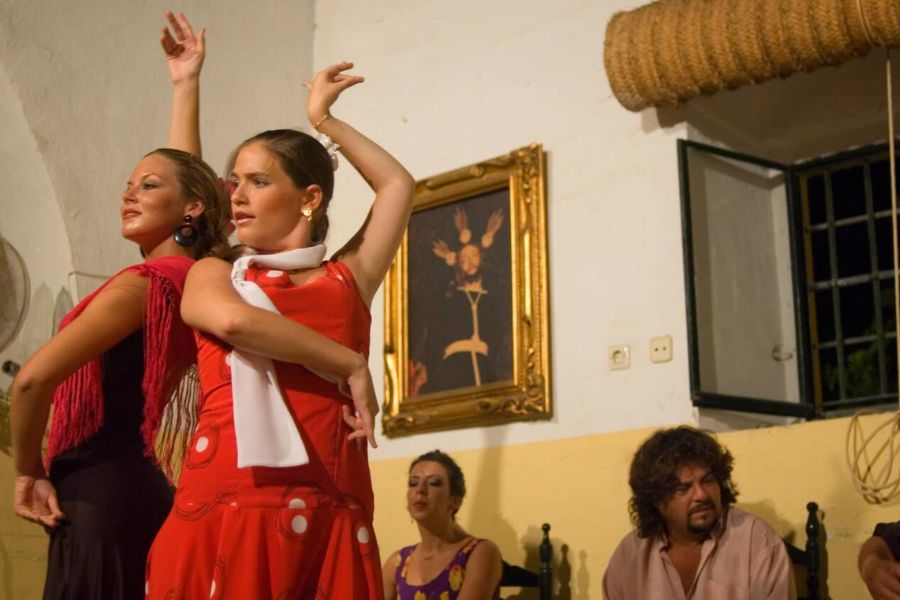
After class, I watched a live flamenco show. The dancers told stories with their bodies, channeling both sorrow and joy.
If you ever visit Jerez, I’d say don’t skip a class or a professional show. The full flamenco experience is unforgettable.
Quick Tips
- What to wear for lessons: Comfortable shoes with a little heel work best.
- Where to see performances: Try Tablao Puro Arte or catch shows during the Feria de Jerez.
Historical Legends: Shakespeare, the King of Spain, and Local Lore
Stories swirl through Jerez, making every site feel richer. Sherry wine from this region caught the fancy of kings and even inspired famous writers.
King Philip IV of Spain loved visiting for the horses and the wine, putting Jerez on the royal map.
Shakespeare chimed in too—he mentioned “sack,” the old English word for sherry, in plays like Falstaff and Henry IV.
Locals take pride in these connections. Guided tours and tastings often weave in tales of legendary horse fairs and dramatic flamenco duels, all paired with sips of golden sherry.
Jerez ties together its love for horses, dance, and history. Every street echoes with stories—some true, some growing in the telling, but all adding to the city’s charm.
Off the Beaten Path: Sailing, Picasso, and Wild Encounters
Jerez pulled me into adventures way beyond wine and horses. Each day shaped itself around the sea, art, and unexpected brushes with nature.
Sailing Adventures Along the Spanish Coast
Sailing the southern coast of Spain is a memory that sticks with me. My small boat skimmed turquoise water, sunlight sparkling all around.
From the deck, I watched the coastline unfold—a patchwork of sandy beaches and rocky headlands.
I dropped anchor in quiet coves near Cadiz and watched fishing boats drift by. Sometimes dolphins appeared, swimming alongside and diving close enough for me to see their backs glisten.

Packing was easy: sunglasses, sunscreen, and a bit of curiosity. Local harbors made renting a sailboat simple.
I always checked the weather first, since sudden winds could turn a calm morning into a choppy ride.
Quick tips:
- Rent early in summer—boats go fast.
- Bring snacks and plenty of water.
- Ask locals about the best sailing routes and hidden beaches.
A Picasso Pilgrimage: Inspirations from Barcelona to Andalusia
My interest in Picasso led me from Barcelona’s busy museums to artistic murals tucked away in Jerez’s quieter corners.
At the Picasso Museum in Barcelona, I lingered in front of his early sketches, tracing his path from young prodigy to revolutionary artist.
The journey didn’t stop there. In Andalusia, I spotted Picasso’s influence in bold street art and colorful tiles in small plazas.
Local guides in Jerez pointed out how the region’s light and landscape inspired painters for generations.
One afternoon, I sat sketching at a sunlit cafe, thinking about how travel once inspired Picasso, too. That hands-on moment made the great artist’s journey feel a little closer.
Moments with Nature: Deer, El Tajo, and Local Wildlife
I set out early for walks near El Tajo, the dramatic gorge slicing through Ronda. The view from above left me dizzy—sheer cliffs dropping to a green river valley far below.
With patience, I caught glimpses of deer feeding in the brush. Sometimes a quick movement revealed a whole family, their ears twitching as they watched me from the shadows.
Birdsong and the scent of wildflowers filled the air. Other travelers mentioned seeing foxes, rabbits, and even birds of prey soaring overhead.
If you’re craving pure moments with nature, these trails around El Tajo deliver something special.
Sentiments and Stories: Jealousy, Memories, and the Spirit of Jerez
Jerez keeps its secrets tucked among cobblestone streets and hidden cellars. Emotions run high here—passions simmer just beneath the surface, and every glass of sherry seems tied to a deeper story.
Passionate Encounters and Old-World Jealousy
Jealousy flickered around the edges of many tales I heard while exploring the bodegas. In Jerez, it weaves through the legends of famous flamenco dancers, intense horse trainers, and master sherry blenders.
Locals told me about the silent rivalries between neighboring bodegas. Each place fiercely protects its unique sherry blends.
You can sense the subtle competition during tastings, especially in old wineries like Bodegas Cayetano, where even a raised eyebrow says plenty.
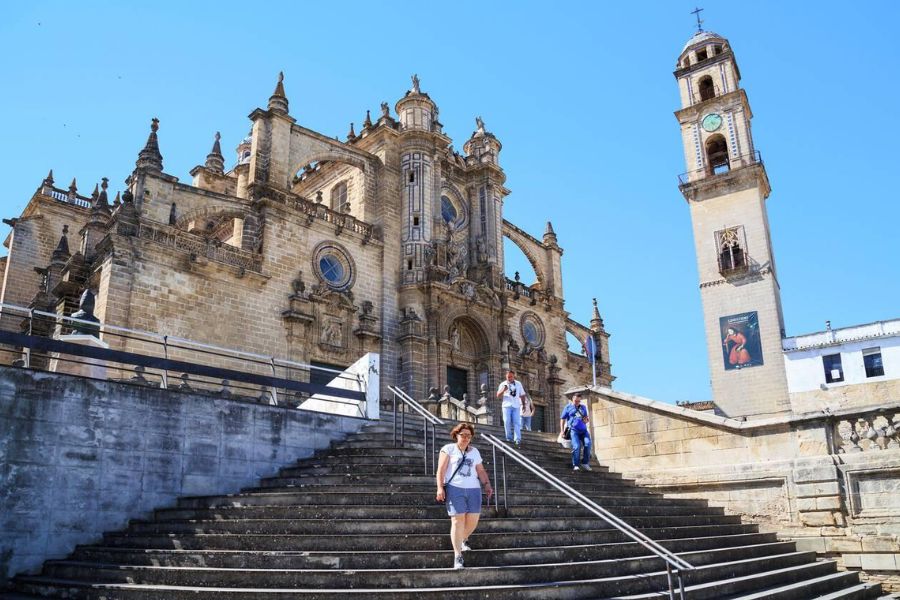
At a flamenco performance, I watched a dancer’s fiery glare meet her partner’s gaze. The tension on stage made the air thick—jealousy, artistry, and tradition all tangled together.
In Jerez, these feelings spark creativity instead of dividing the community.
Recollections of Adventure and Romance
Every step I took in Jerez led me into something new. Early mornings, I’d wander past white-washed stables, hearing the clip-clop of Andalusian horses echo through those narrow lanes.
Sometimes, romance just sneaked up on me under lanterns that dangled above the street. Laughter would spill from sherry bars hidden along the main plaza.
I jumped into a guided tasting one evening. Stories started flowing almost as quickly as the wine, and every sip seemed to spark a new conversation with travelers I barely knew.
Honestly, Jerez gave me more than just sherry. The city made adventure and memory feel tangled together, and I can’t help but think every moment—planned or not—became a little piece of its story.

